|
All 5 books, Edward Tufte paperback $180
All 5 clothbound books, autographed by ET $280
Visual Display of Quantitative Information
Envisioning Information
Visual Explanations
Beautiful Evidence
Seeing With Fresh Eyes
catalog + shopping cart
|
Edward Tufte e-books Immediate download to any computer: Visual and Statistical Thinking $5
The Cognitive Style of Powerpoint $5
Seeing Around + Feynman Diagrams $5
Data Analysis for Politics and Policy $9
catalog + shopping cart
New ET Book
Seeing with Fresh Eyes:
catalog + shopping cart
Meaning, Space, Data, Truth |
Analyzing/Presenting Data/Information All 5 books + 4-hour ET online video course, keyed to the 5 books. |
A few days ago Richard Rhodes of Rhodes Architectural Stone visited and showed a draft of his intriguing book on architectural stone. The book is filled with excellent medium-format photographs of antique stone structures (some of the photographs can be seen at the link above).
His photographs suggest that some constructed stone patterns resemble natural stone patterns such as strata and organized fragmentation. Over the years of walking around our land, we have accumulated a big collection of "puzzle stones" (our household name for fragmented and sometimes slightly separated layers of stone scattered around a bit that then are discovered and fit together in a 3-dimensional puzzle.) There came a time when there were so many puzzle stones around the house that I banished the whole lot of them to a little screen house shack by the pond.
Below are some pictures of a big complex puzzle stone, which, had it been constructed, would appear to be perfectly fitted.
Architectural stone is often photographed straight on in order to reveal the flat geometric pattern in stone positions, the 2D surface map. But it also helpful to see fitted stones at an angle and under raking light so as to reveal the depth and darkness of the gaps, and to intensify the 3-dimensionality that makes old architectural stones so wonderful.
The indented path cut in the stone, visible in the second and fourth images, might be a pre-columbian map of a river or, more likely, a deliberate scratch made by a tooth of a backhoe bucket.The puzzle stone documented below turns into a happy sleeping turtle at the end.
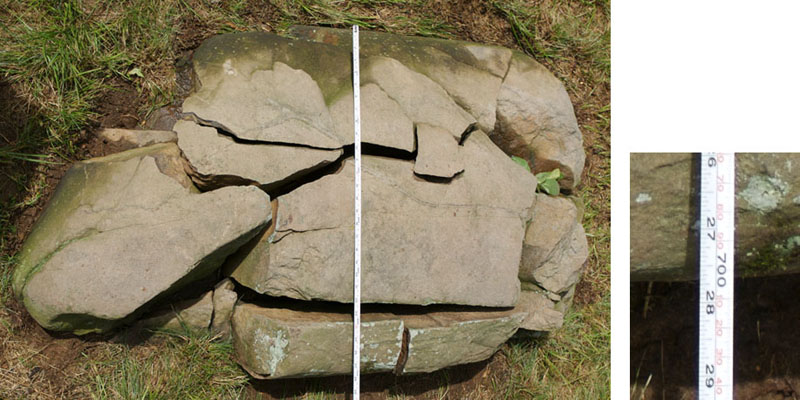 |
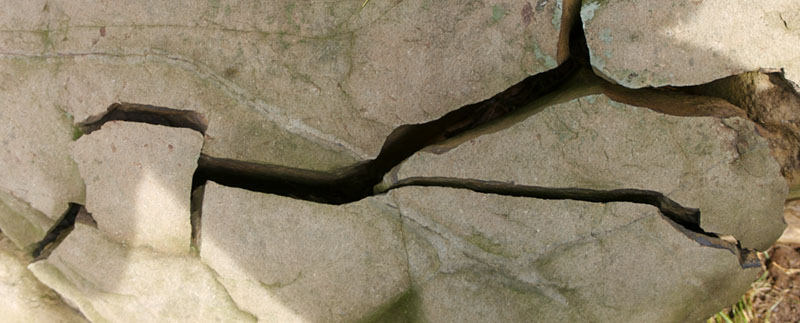 |
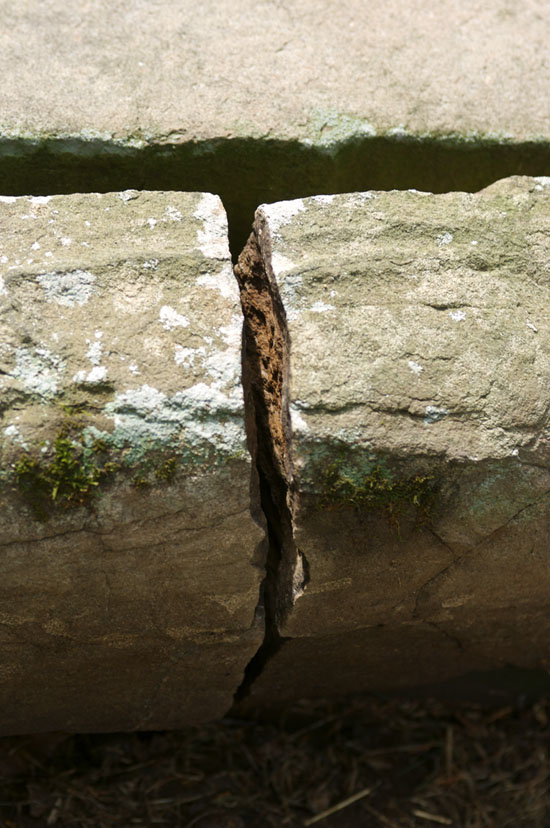 |
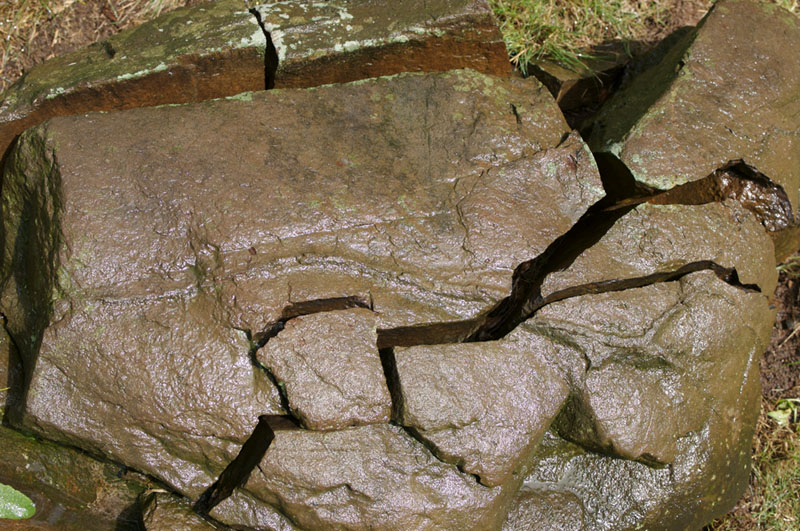 |
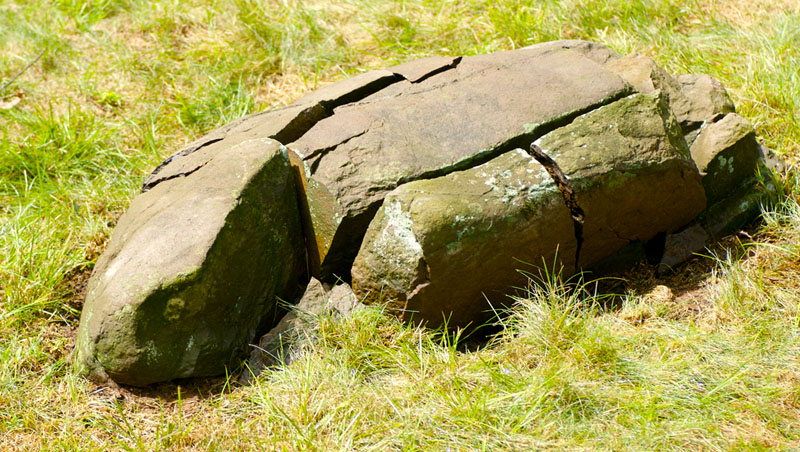 |
-- Edward Tufte
Ursula von Rydingsvard constructs layered and stratified sculptures; here the piece resembles geological strata sequences, the artist's hand revealed by the uniformity of the strata:
 |
See this recent review of her work (a jewel among the routinely mediocre "public art") at Madison Square Park.
-- Edward Tufte
Note the rock hammer and the swiss army knife for scaling in the geological images below. Source: L. Paul Knauth, "Signature required," Nature, 442 (2006 August 24), 873-874.
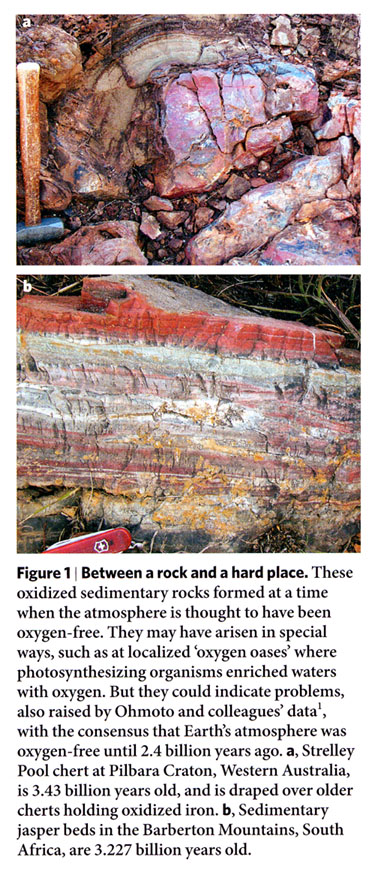 |
Here's a redesign of the presentation above. The redesign links word and image tightly and omits the stupid title "Between a rock and a hard place." This was published Nature, where probably half the readers have a PhD in some kind of science. How much does the IQ of the average Nature reader exceed the IQ of the average sub-editor writing such a caption?
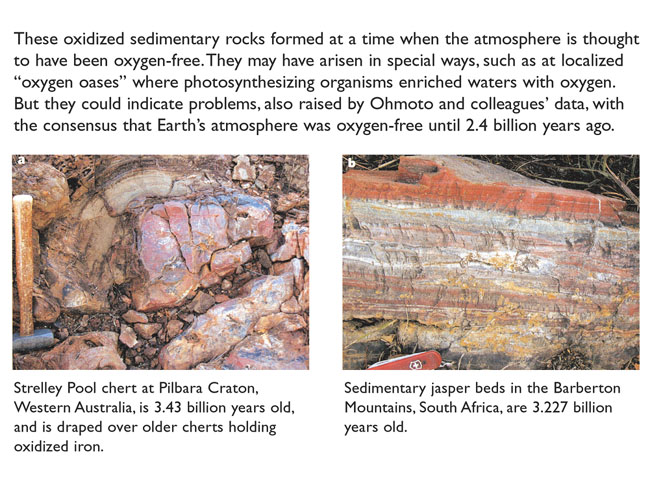 |
-- Edward Tufte
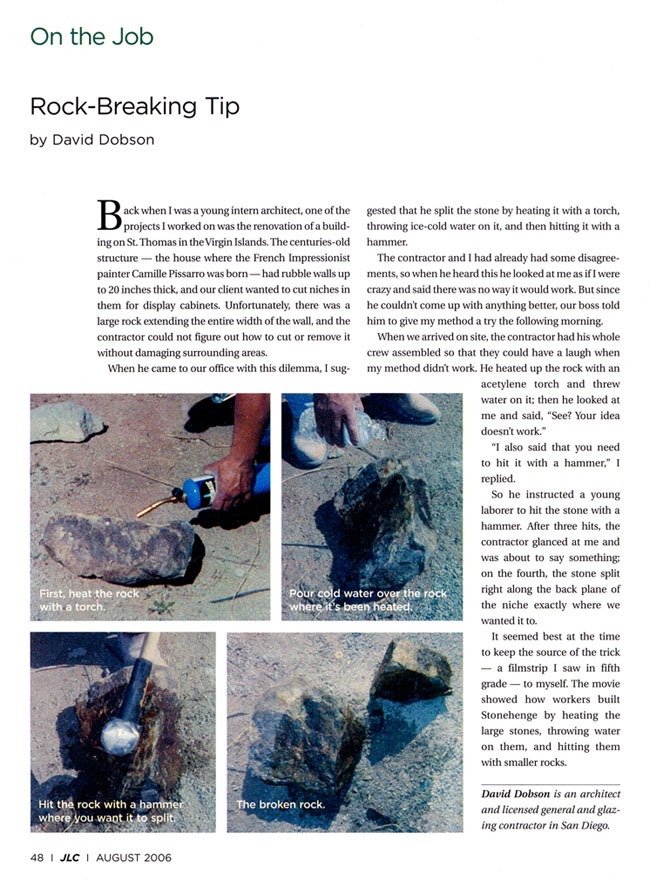 |
-- Edward Tufte
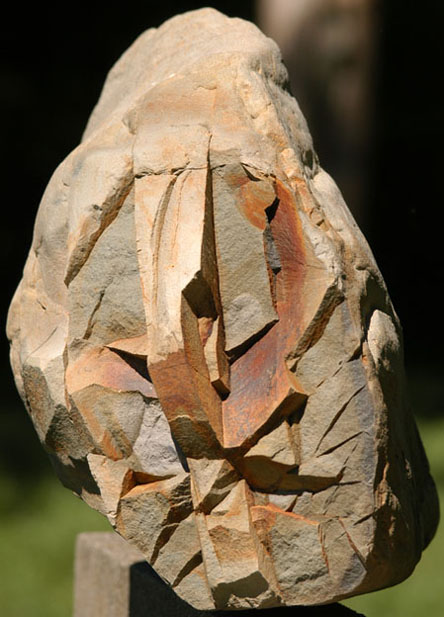 |
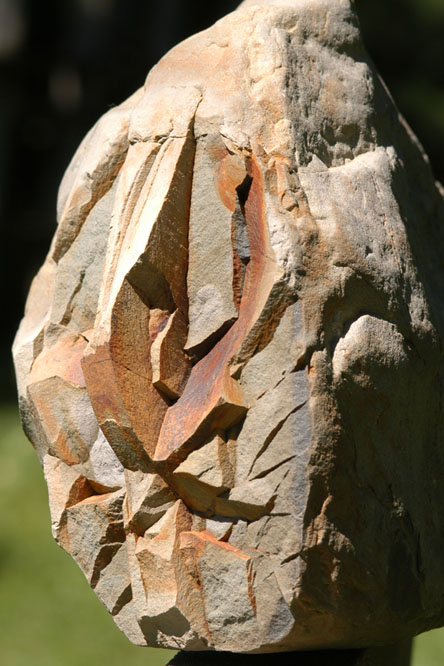 |
-- Edward Tufte
New Hampshire claims the title for the most anthropromorphic glacial erratics. The Old Man of the Mountain (from the back of the NH state quarter); the Old Woman, just below him in the Notch; the Lion's Head; the Elephant Head; Martha Washington; the Eagle; the Imp Face; the Sphinx; the Old Man of the Valley; the list goes on. Of course, if you're looking for shapes in stones, you'll find them.
curt
-- Curt LaFond (email)
It's worth thinking of the Chinese tradition of "scholars' stones" in this context--found rocks (and sometimes tree roots and other media) chosen for their curious and captivating shapes and effects of pattern and variation. I thought of them, too, while reading the chapter in Beautiful Evidence on pedestals and sculpture, for scholars' rocks typically are displayed on carefully wrought wooden stands designed to fit and complement their contours--an approach to the pedestal that offers effects different from, but not necessarily antipathetic to, "depedestalization." Pedestals that--like the right display of evidence?--reveal and evoke rather than confuse and obscure.
-- Matthew Battles (email)

